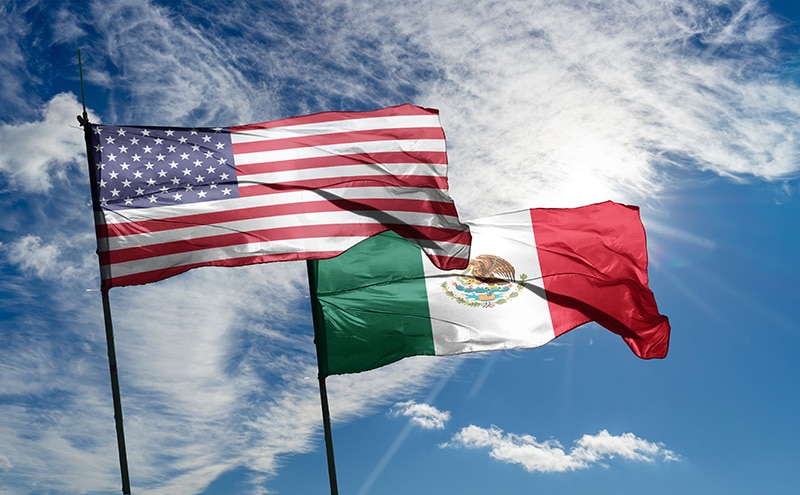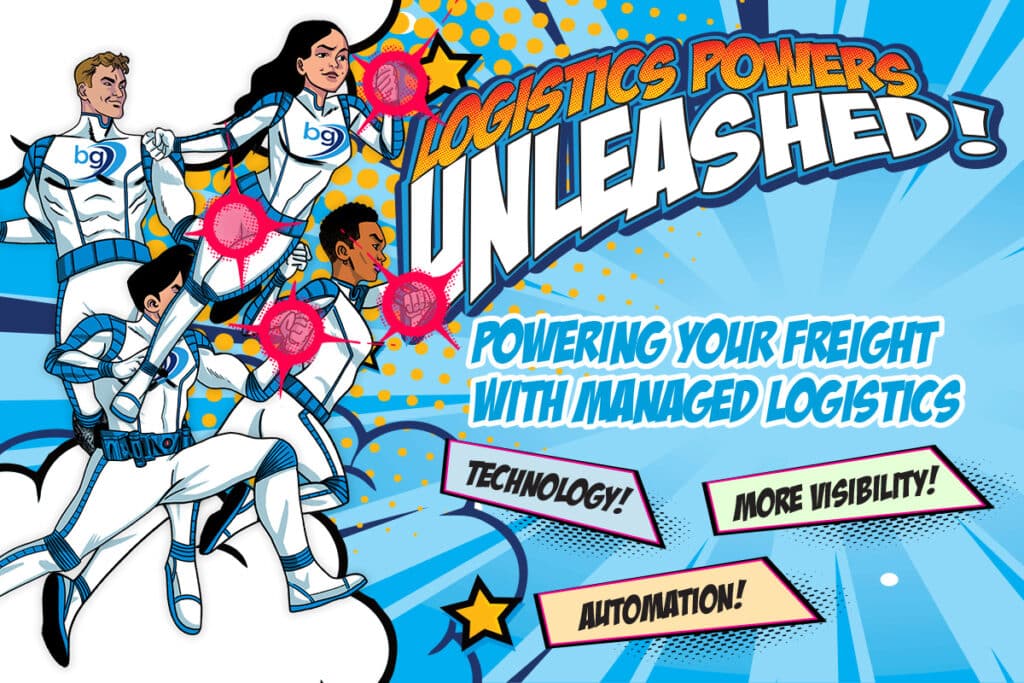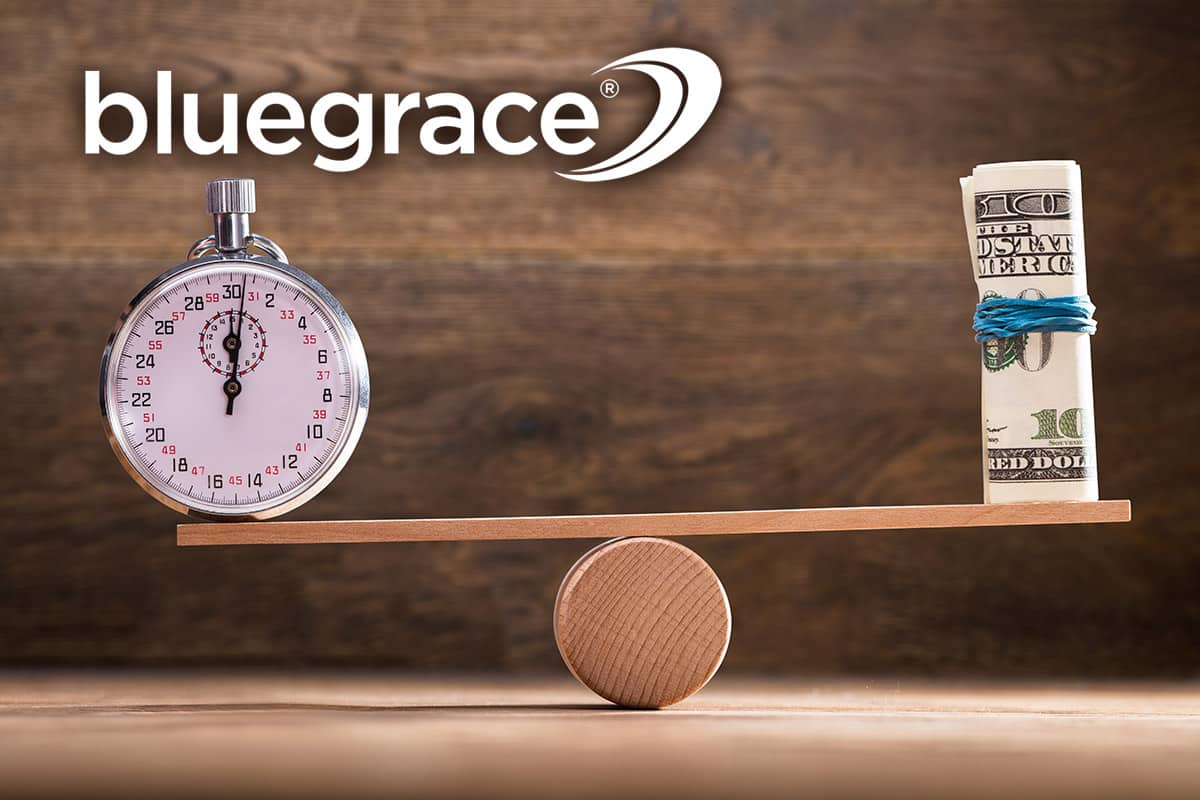
When it comes to running your business, it can be difficult to identify points of improvement, leading you to believe that things are as good as they can get, but in a climate of rising logistics costs, making sure that your operations are running as smoothly and efficiently as possible, can mean the success or failure of your business.
Ground transportation is a cost faced by almost every shipper in every industry, and quite a significant one, yet many shippers aren’t paying enough attention to how their ground transportation spend is being allocated, or don’t realize that there are different ways to approach it. In this article, we will break down a major factor that affects transportation costs: the differences between less-than-truckload (LTL) and full-truckload (FTL) services. We will break down those terms, what they mean for your business, and give two examples of how BlueGrace helped clients that were operating with less-than-ideal business models save hundreds of thousands on their ground transportation costs.
Yes, the perceived cost savings associated with sharing a truck with five other shippers is tantalizing, and a legitimate notion, but it’s not everything.
LTL has gained a reputation of being a more efficient, cost-saving method of transporting freight. It can be thought of like carpooling for cargo; if two people are going the same place, why not double-up and go in one car, splitting the cost savings? Translating that idea into a business scenario, if you’re a small-to-medium sized business, you likely do not have enough product going to one destination to fill up a truck’s full trailer, so LTL can seem like a cost-saving no-brainer, but unfortunately, it’s not quite so cut-and-dry. Yes, the perceived cost savings associated with sharing a truck with five other shippers is tantalizing, and a legitimate notion, but it’s not everything. There are other factors to consider when deciding between LTL and FTL, and there is no, one-size-fits all approach.
Potential Downsides of Utilizing LTL
Timing: By nature of LTL, there are multiple stops along the route that means longer lead times and may cause delays in the supply chain. So, if you are aiming to minimize transportation time, which everyone is in the logistics world, then you are making a sacrifice.
If your company operates in the realm of e-commerce, it would be prudent to examine the costs associated with the loss of business that your business suffers due to potentially longer LTL delivery times, and evaluate what options would open up if you were able to reduce your transportation times by a period of days.
For some shippers, timing is absolutely critical. The obvious examples are perishable products, like fresh produce and pharmaceutical products, which cannot sit for long periods of time in untempered conditions. But now, other “non-perishable” products, like apparel, electronics, and non-perishable food products are becoming time-sensitive in the e-commerce driven world, with monoliths like Amazon now offering same- and one-day shipping options, which have set a standard in the minds of consumers to receive products quickly. If your company operates in the realm of e-commerce, it would be prudent to examine the costs associated with the loss of business that your business suffers due to potentially longer LTL delivery times, and evaluate what options would open up if you were able to reduce your transportation times by a period of days.
Damage: Another common problem associated with LTL transportation is the higher occurrence of damage to cargo. Due to the frequent stops and touch points along routes, in which cargo is being loaded and unloaded from the trucks, freight generally incurs more damage on LTL trips than on FTL trips. For hardier freight, some light damage to exterior packaging is unlikely to be of major consequence, but for shippers dealing in more delicate products, delivering damaged product could mean having to refund a customer for the full price paid for the product, the burden falling on you. If your product is not easily damaged, this may not be an important factor, but if your product is damaged frequently or even occasionally, calculate the average cost that you end up paying to make up for damages per quarter, and then comparing to how much it would cost you to instead opt for FTL, which would result in significantly less damage. Which cost is higher in the end? It will depend on your particular business.
It’s not an easy task for shippers. At BlueGrace, we work with shippers on a case-by-case basis to help determine strategies that fit business’ specific needs. Our digital platform, BlueShip®, takes all of a company’s attributes into account to identify which options result in minimized costs and maximized profits. In the case studies, for example,“Private Equity Group & Transportation Cost Reduction,” and “Manual Process Reduction & TMS Integration for Restaurant Industry,” we dive into each case, exploring how BlueGrace helped two different clients with similar needs rethink their supply chain strategies that were giving them less-than-optimum results.
The routing guide left out multiple states that certain carriers could not go to. Because of this issue, the supplier was receiving chargebacks from distribution centers on a regular basis.
In the first case, a private equity group (PEG) was using proprietary enterprise resource planning (ERP) system to allocate resources and make business decisions. After analyzing the company’s situation, it turned out that the ERP was not suited for the client. The routing guide left out multiple states that certain carriers could not go to. Because of this issue, the supplier was receiving chargebacks from distribution centers on a regular basis. Once BlueGrace helped them downsize their carrier network to a more tailored group of carriers, it saw a 12 percent reduction in transportation costs and $300,000 in annual savings.
In the second case, a restaurant supplier was having difficulties managing their current in-house ERP system. They had looked at 3PL solutions in the past, but couldn’t find a solution that suited their needs, causing them to continue to incur chargebacks frequently, dinging their bottom line significantly over time. After the implementation of BlueGrace’s systems, the supplier was able to straighten out their supply chain and avoid chargebacks, saving them 12 percent in hard costs totaling at $468,000 in one year.
Do You Understand Your Business’ Needs?
At BlueGrace, we understand that every business has specific needs.We would love to learn what matters most to you in this aspect of your business. Contact us at 800.MYSHIPPING or fill out the form below to speak to one of our freight experts today, and learn how you can optimize your supply chain, minimize costs, and maximize your company’s bottom line!



